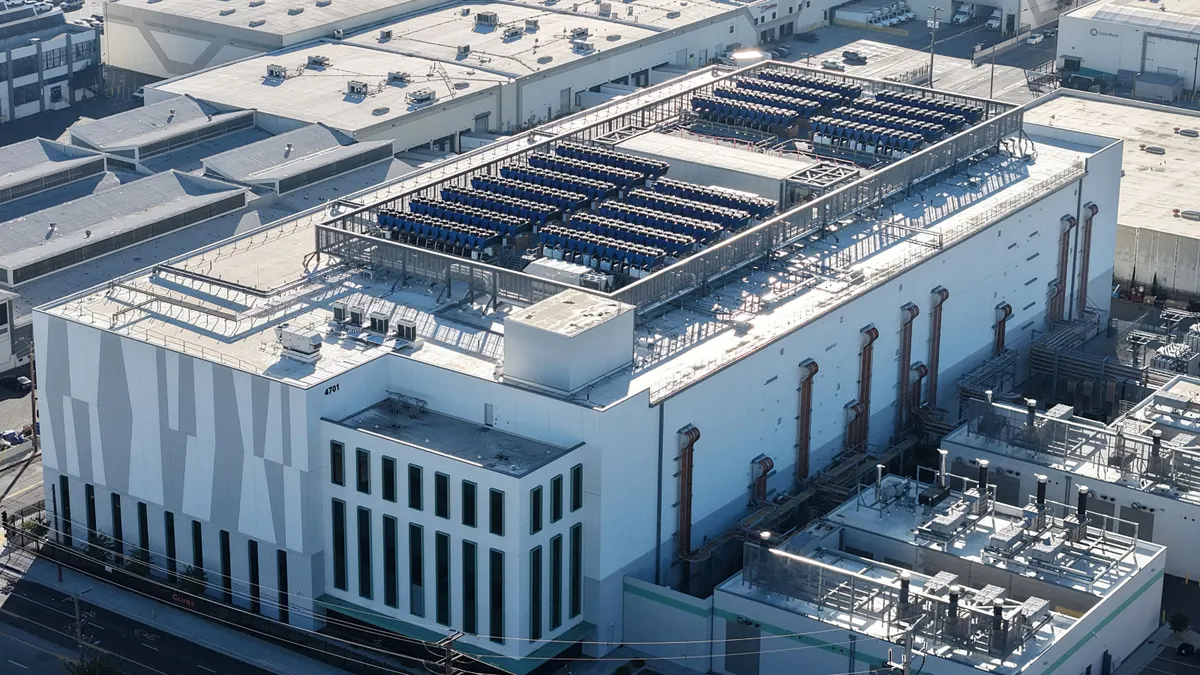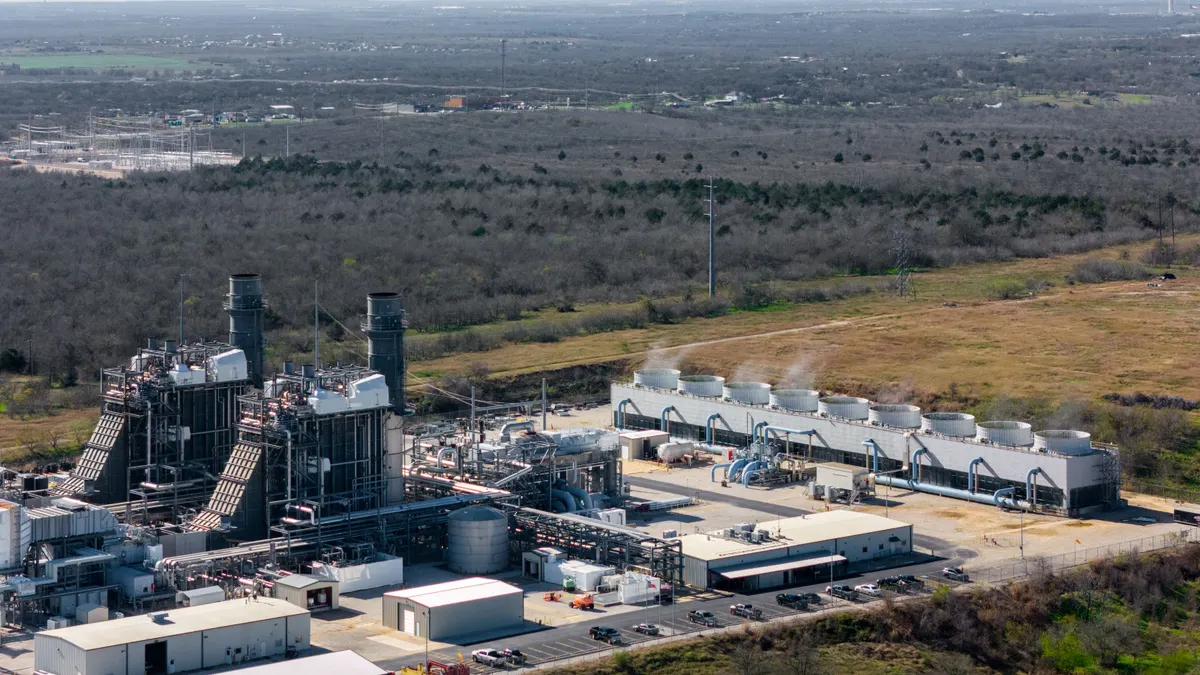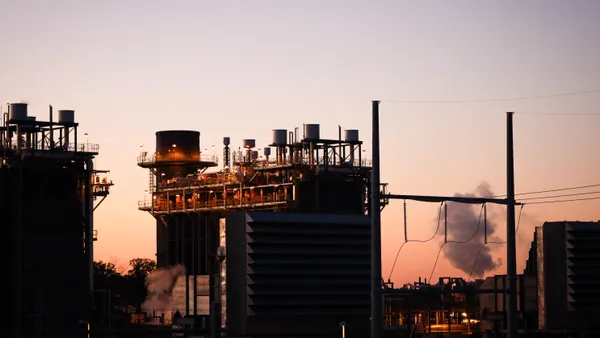Dive Brief:
- The U.S. Environmental Protection Agency on Monday proposed giving coal power generators additional time to comply with new wastewater disposal guidelines and said it also would consider regulatory changes to the Clean Air Act’s Regional Haze Rule.
- EPA’s proposals are part of a package of coal-supporting actions the Trump administration unveiled this week, including $625 million to retrofit and recommission coal plants from the Department of Energy.
- Extending compliance for EPA’s effluent limitations guidelines would reduce electricity costs by approximately $30 million to $200 million annually, the agency estimated. Sierra Club Beyond Coal Campaign Director Laurie Williams countered that every day the requirements are delayed means more people “will be exposed to higher levels of toxic pollution.”
Dive Insight:
Residual waste from burning coal contains contaminants including mercury, cadmium and arsenic, according to the EPA. The federal government strengthened regulation on coal combustion residuals following a disastrous coal ash spill from the Tennessee Valley Authoriy’s Kingston plant in 2008, which contaminated some 300 acres of land, making it one of the largest industrial spills in U.S. history.
EPA revised its ELG requirements last year to include stronger protections around coal ash wastewater pollution. The changes included requiring plants to halt some types of discharges by 2029 or to commit by the end of this year to cease burning coal by 2034.
EPA’s proposal would extend both the compliance and the notice deadlines. The agency said the move would “reduce costs for facilities and help with electricity reliability and affordability.” Comments are due 30 days after the proposal is published in the Federal Register.
EPA’s current ELGs for wastewater discharges from steam electric power plants “are potentially costly to an electric power sector that is struggling with increasing demand as AI is booming, data centers are being constructed and operated around the country, and American industry and manufacturing is resurgent,” the agency said. “This action would give utilities more time to evaluate and plan for evolving energy demand for their customers/ratepayers.”
EPA Administrator Lee Zeldin sought to cast blame on former President Joe Biden for what he and others in the Trump administration have characterized as a reliability crisis.
“Americans are suffering because the past administration attempted to apply heavy-handed regulations to coal and other forms of energy it deemed unfavorable,” Zeldin said in a statement. “It is time to restore common sense to the programs and regulations.”
But Sierra Club’s Williams said in a statement the change would give “big polluters a pass to dump tons and tons of toxic pollution into our waterways with no care for how many Americans will suffer.” According to the conservation group, the 2024 ELG updates can reduce wastewater pollution by up to 64% and eliminate 325,000 tons of pollution in public waterways every year.
EPA also said it is issuing an advance notice of proposed rulemaking to solicit information regarding potential regulatory changes to the implementation and structure of the Regional Haze Rule, which calls for state and federal agencies to improve visibility in national parks and wilderness areas.
“Historically, the implementation of this program has imposed significant costs on power plants and other sectors, calling into question the supply of affordable and reliable energy for American families,” EPA said. “After years of implementation and feedback from stakeholders, it is clear that the Regional Haze program is broken and needs significant revisions to clarify requirements and alleviate the unnecessary burdens on states and the regulated community, and more closely align with Congressional intent.”
EPA said its advance notice of proposed rulemaking seeks input regarding “how the agency can meaningfully revise the RHR to streamline regulatory requirements impacting states’ visibility improvement obligations.” EPA said it will hold a 60-day public comment period after the proposal is published in the Federal Register.
Pollution from coal “comes with enormous health costs,” the Natural Resources Defense Council said, including . up to $26 billion a year in additional emergency room visits.
"The Trump administration is hell-bent on supporting one of the oldest, dirtiest electricity sources,” NRDC Director of Policy Analysis Amanda Levin said in a statement. “Propping up coal means dirtier air and water, destruction of public lands, and higher utility bills for struggling families.”














